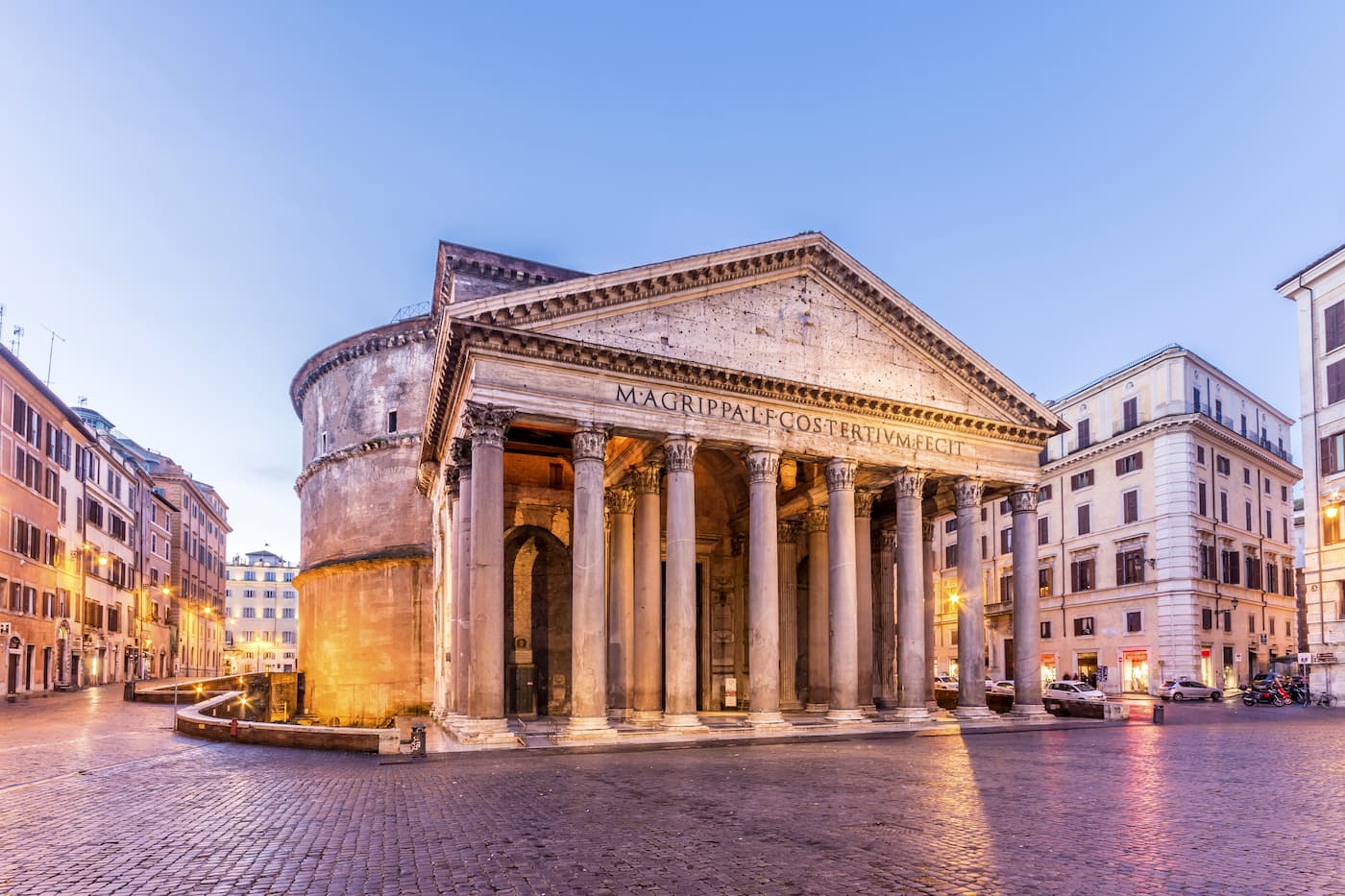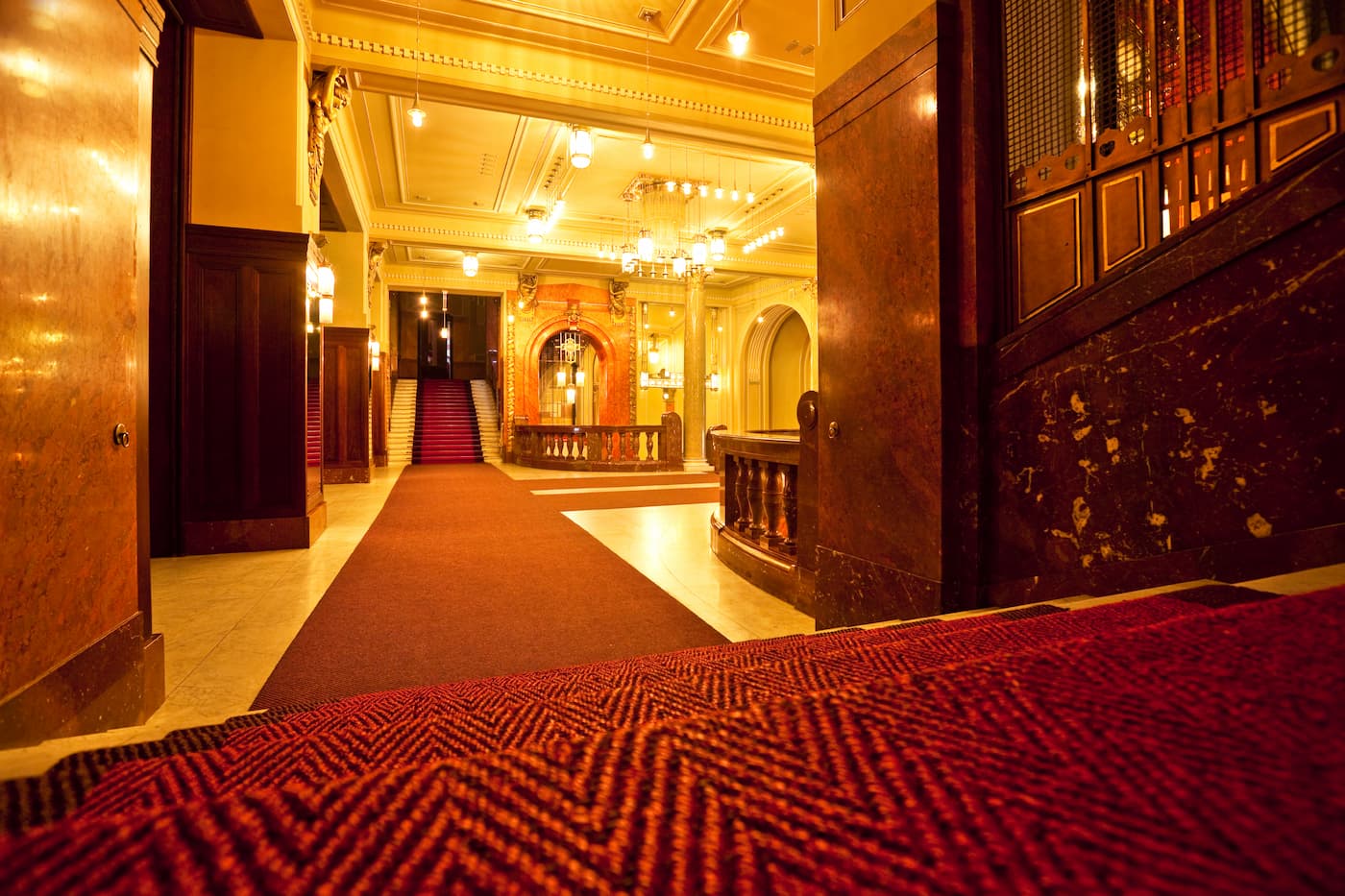Fire Protection for Historic Buildings
Fire protection is crucial for any building, regardless of its age, purpose or style. However, when it comes to historic buildings and listed properties, certain things need to be done differently. In this article, the team at Scutum Group are going to detail the specifics of fire protection for historic and listed buildings to help you keep your property safe for years to come.

Why is Fire Safety for Historic Buildings Different from that of Normal Buildings?
There are several key differences between listed buildings and modern ones. One of the most significant is that many historic buildings serve multiple purposes – for example, a historic building owned by the National Trust may have things like a visitor centre, a gift shop and a restaurant. These different features have their own specific fire hazards and safety requirements, so a comprehensive safety protocol must be implemented to account for them.
What are the Fire Safety Laws for Historic Buildings?
Fire safety laws are meticulous and wide-reaching, but there isn’t actually a specific code of practice for fire safety and fire protection in historic buildings.
Who is Responsible for the Safety of a Historic Building? Why Is It Important?
Like many properties, the responsibility for ensuring fire safety falls to the building owner or occupier. With buildings of a certain age, whether they hold historical importance or if they’re a listed property, there are two sides to fire safety, if you will:
- Protecting people within the building and providing adequate means of escape
- Protecting the property itself and its contents
The only fire safety law in place for these types of properties is regarding the protection of life, not the structure or the contents within it. There is no doubt, of course, that the preservation of life is more important than preservation of structure but as we’ve seen in recent years, heritage properties can be completely destroyed by fire.
The infamous Notre Dame fire in 2019 showed how vulnerable historic buildings can be – the spire was destroyed and two thirds of the roof collapsed, with repair costs reaching hundreds of millions of Euros. These costs were just for the structure, too – when the loss of precious artefacts and art was accounted for, the damage was estimated to reach billions of Euros.
What Fire Hazards Do Listed Buildings Have?
When you’re assessing a heritage property for fire hazards, there are additional things to look out for that won’t be present in more modern buildings. In this section, we’ll take a look at the fire risks that are most prominent in heritage properties.

Compartmentalisation
As many of these properties are used for tours and attractions, it’s likely that many doors will be open to allow visitors to pass between rooms. If a fire starts, it can spread unabated through these open hallways as the doors will not contain it. One such method of combating this is to install fire doors in the property – if this is not possible due to structural or aesthetic regulations, then the doors should automatically close. Automatically closing doors will reduce the risk of them being left open due to human error.
There are many hidden cavities in historic buildings that allow fire to spread unchecked, such as the space behind lathes, plaster and the walls, or perhaps false ceilings and walls where modernisation has concealed plumbing or electricity, with little or no consideration to fire stopping.
Artefacts
Many historic properties contain relics of the time, from artworks to clothing, furniture and more. These items are extremely flammable and will quickly exacerbate the spread of fire, should one start. This, combined with the aforementioned open doors, means that fire can rapidly spread throughout the building, limiting the window of escape.
Wiring and Electrical Systems
Historic properties often have modern wiring installed, but there may still be older wiring systems present and functioning in the building. Large properties in particular can have multiple fuse boxes that need to be inspected and maintained regularly to ensure they don’t pose a fire risk. The same goes for any portable appliances in the building – every single one must be PAT tested appropriately. Local fire suppression could be considered for electrical distribution boards.
Structural Materials
In the Notre-Dame fire, it was found that the stone ceiling helped to protect the interior of the building as it contained the collapsing roof. However, while stone is present in many historic buildings, so is wood – and this can be a huge problem. Old, untreated wooden structures such as banisters, stairways and beams can be very vulnerable to fire.
Complicated Routes
The complex layout of historic buildings does not lend itself well to escaping during a fire emergency. Long corridors and winding staircases are in direct contradiction to fire safety regulations, but as they are such a key feature of these buildings, they cannot be changed.
Lack of Signage
For aesthetic reasons, it’s unlikely that you’ll be permitted to add ‘typical’ fire signage to the interior of a historic building. However, through other signposting methods and having staff onsite to advise guests, you can implement systems such as a traffic light or one way system throughout the property to minimise bottlenecks and confusion.
Fire Safety Training is Crucial
As you can see, what would normally be considered straightforward fire safety installations in a modern property are complex and even unviable when it comes to historic properties. That’s why it’s crucial that staff are fully trained in fire safety procedures, especially evacuation plans. Having knowledgeable people on hand who know the layout of the building will be invaluable in ensuring people get to the exits safely and quickly in the event of a fire.
Protecting a historic property from fire is no easy task, requiring meticulous planning to prepare for a range of risks. The builders of these vital structures did not benefit from the equipment, materials and knowledge that we have today, and as such these properties are uniquely at risk of fire.
In order to fully understand your heritage property’s fire safety preparedness, contact the experts at Scutum London for a comprehensive fire risk assessment. We’ll inspect every corner of your property to assess where the weaknesses are and what can be done to rectify or mitigate them, and we can supply and install fire safety equipment of the highest standard to keep you safe. For more information about our fire risk assessments, fire safety equipment and fire safety training, please contact us today.
Request a Callback
Just fill in your details below and we'll get back to you as soon as we can!

About Scutum London
Scutum London is a leading expert in fire safety and security solutions for businesses and organisations located across South East England, including London and Surrey.
From fire alarms, fire extinguishers and fire risk assessments to access control, CCTV and intruder alarm systems – and a lot more besides – we offer a comprehensive range of products and services designed to keep you, your business and your staff and visitors safe.
With decades of industry experience to call on, we’re proud to hold accreditations from leading trade associations and bodies such as British Approvals for Fire Equipment (BAFE), the British Fire Consortium, the Fire Industry Association (FIA) and Security Systems and Alarms Inspection Board (SSAIB).
If you’d like to find out more about Scutum London, get in touch with our friendly team or explore our products and services on our site.

